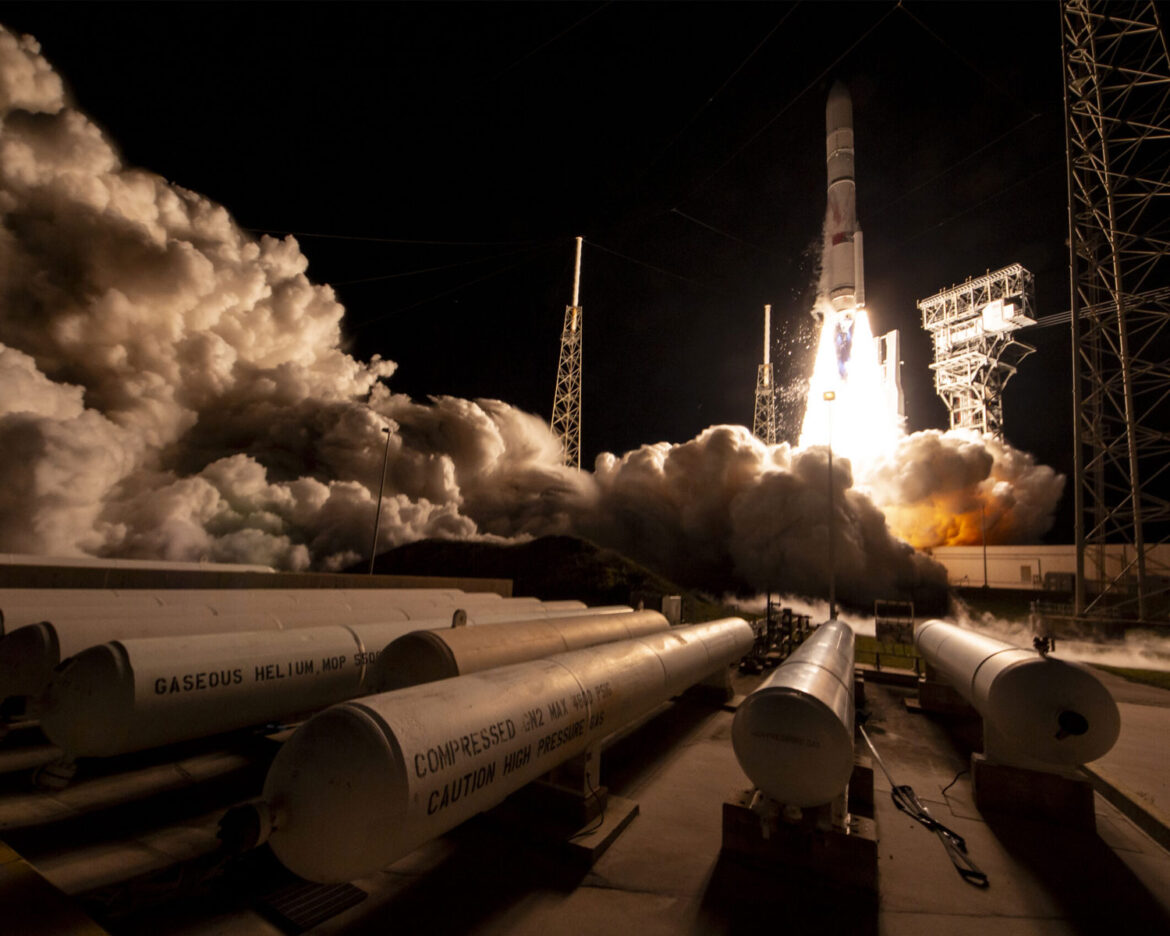United Launch Alliance (ULA) successfully launched its second Vulcan Centaur vehicle from Space Launch Complex 41 at Cape Canaveral Space Force Station, Florida. The test flight, known as Cert-2, is critical for certifying the rocket to carry national security payloads. However, shortly after liftoff, an anomaly involving one of the solid rocket boosters (SRBs) was observed.
The Vulcan Centaur lifted off at 7:25 AM Eastern Time following a brief delay caused by pre-launch checks. ULA CEO Tory Bruno explained that the initial hold was triggered by a “transient on a redundant data system,” but this was resolved before the successful launch. In the first phase of the flight, the vehicle performed nominally. However, 35 seconds after launch, material appeared to come off one of the two GEM 63XL SRBs, possibly indicating damage to the booster’s nozzle.
Despite this issue, the mission proceeded with only a 30-second delay in the SRB separation. ULA did not mention the anomaly during the ascent, but later phases of the flight, including the Centaur upper stage’s engine shutdown, were behind schedule by up to 20 seconds. Bruno acknowledged the issue in a webcast after the second Centaur burn, saying, “We did have an observation on SRB number one, and so we will be looking into that after the mission is complete. Other than that, the flight was nominal.”
The Cert-2 mission was carrying a mass simulator and instrumentation for testing purposes, with ULA aiming to secure Space Force certification for the Vulcan Centaur by the end of the year.



